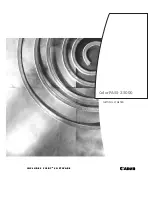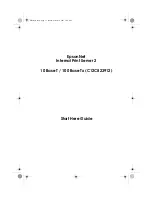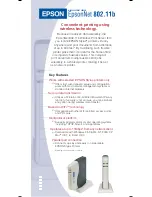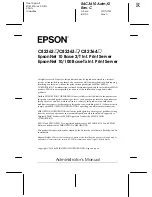
User Manual
UMN:CLI
V8102
717
in routing updates. Most routing protocols have metric structures and algorithms that are
not compatible with other protocols. In a network with multiple routing protocols, the ex-
change of route information and the capability to select the best path across the multiple
protocols are critical. Administrator should set the distance value based on whole routing
networks.
To configure the administrative distance value, use the following command.
Command
Mode
Description
distance
<1-255> [
X:X::X:X/M
[
WORD
]]
Router
Sets the administrative distance value for routes.
1-255: distance value
X:X::X:X/M: IP source prefix
WORD: access list name
no distance
Deletes the administrative distance value.
12.5.8
Originating Default Information
You can set an autonomous system boundary router to generate and transmit a default
route into an RIP routing domain. If you specifically set to generate a default routes into
an RIP network, this router becomes an autonomous system (AS) boundary router. How-
ever, an AS boundary router does not generate a default route automatically into the RIP
network.
To generate a default route into RIPng by the AS boundary router, use the following
command on
Router Configuration
mode.
Command
Mode
Description
default-information originate
Router
Generates a default route into RIPng by the AS bound-
ary router.
no default-information originate
Disables a default route feature.
12.5.9
Routing Information Filtering
You can limit the routing protocol information by performing the following tasks.
•
Block the transmission of routing information to a particular interface. This is to
prevent other systems on an interface from learning about routes dynamically.
•
Provides a local mechanism for increasing the value of routing metrics.
12.5.9.1
Filtering Access List and Prefix List
The V8102 is able to permit and deny conditions that you can use to filter inbound or out-
bound routes by access-list or prefix-list. Use the
distribute-list
command to apply the
access list to routes received from or forwarded to a neighbor.
User should configure the route information for a set of deny conditions based on match-
ing each access list or prefix list. In addition, this configuration is able to be applied on the
specific interface as well as the whole routes information of switch.
















































